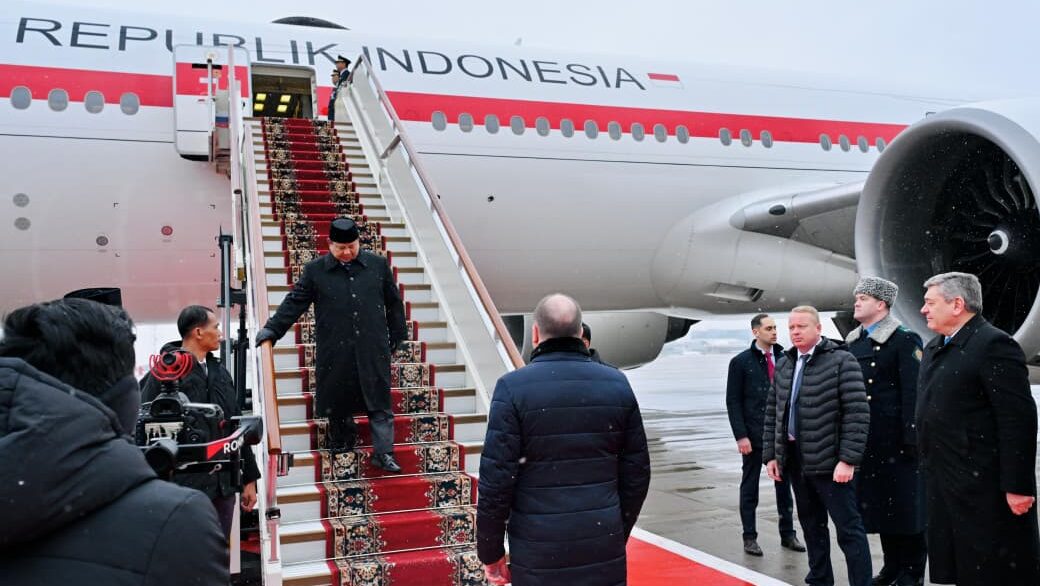BMKG: Middle Easts Heat Wave Wont Affect Indonesia
 The Meteorology, Climatology and Geophysics Agency (BMKG) has confirmed in a press release on Monday (1/7) that the rise in temperature phenomenon in the Middle East will not affect Indonesian regions.
The Meteorology, Climatology and Geophysics Agency (BMKG) has confirmed in a press release on Monday (1/7) that the rise in temperature phenomenon in the Middle East will not affect Indonesian regions.
Based on historical records, high-temperature levels up to 50 degrees Celsius is quite common in the Middle East region, so the phenomenon was taken as a climate variation in the region.
According to the BMKG, the air circulation that causes heat waves in the Middle East do not go towards Indonesian territory. Based on historical records, maximum temperature in Indonesia has never reached 40 degrees Celsius, the statement added.
Based on the BMKG data, the highest temperature ever recorded in Indonesia was at 39.5 degrees Celsius on 27 October 2015 in Semarang City, Central Java.
For the record, in the past few days a number of countries including India, Pakistan, Afghanistan, Turkmenistan, Iran, Saudi Arabia, and France were hit by the heat. The surface temperature of the said regions varies between 34 and 51 degrees Celsius.
In the meantime, the phenomenon of frost and cold temperatures in the Dieng Plateu, Central Java and Mt. Bromo, East Java regions is influenced by the Australian monsoon wind and the topography of the region.
The press release stated that aside from the elevation factor of a region, the lack of cloud during dry season caused the long wave back radiation at night to be stronger and more released directly into the atmosphere. As a result, the surface and the lower atmosphere cool faster, even below the zero degree freezing points which create the frost phenomenon.
The temperature will decrease by 0.65 degrees Celsius every increase in elevation by 100 meters. Therefore, a number of regions with high elevation, such as the Dieng plateau, located at an altitude of 2093 meters, can reach very cold temperatures even below 0 degrees Celsius, the statement reads.
Furthermore, based on the results of multi-model climate projection simulation using the RCP 4.5 scenario, in the 2020-2030 period, the surface of Indonesia will be hotter at 0.2-0.3 degrees Celsius compared to the average air temperature during 2005-2015.
According to the simulation, the regions expected to experience the highest temperature increase are some parts of South Sumatra, the central part of Papua and parts of West Papua.
The BMKG urges the people to anticipate the rise temperature in the future by carrying out adaptation measures and mitigation efforts. The effort must begin with our awareness to reduce things that can increase greenhouse-gas emissions into the atmosphere and enrich ourselves with knowledge about minimizing the negative impacts of climate change, the BMKG press release reads. (EN/ES)
Translated by: Galuh Wicaksono
Edited by: Muhardi/Mia Medyana








